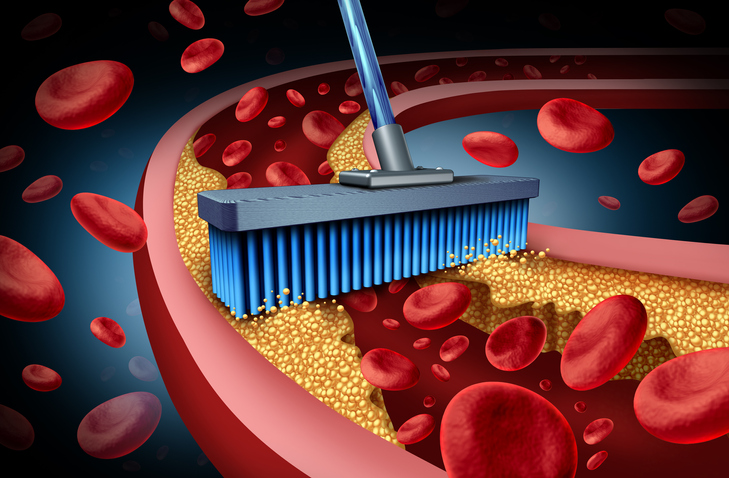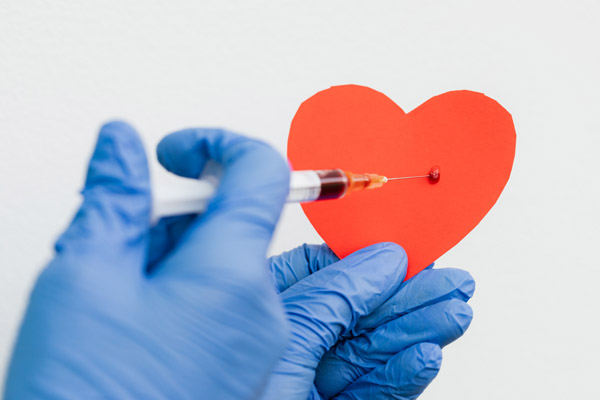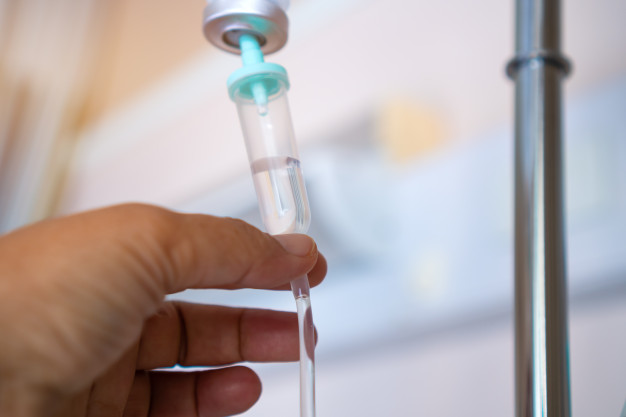Posted By:
Steve Parcell
Category:
Intravenous Therapy
EDTA (ethylene diamine tetra-acetic acid) is an amino acid that is FDA approved for lead poisoning and used as an alternative treatment for heart disease caused by atherosclerosis. It is not yet approved by the FDA for the use in cardiovascular conditions, but this may occur soon. Safety concerns in the past included low hypocalcemia (low calcium). Patients with severe kidney disease cannot tolerate normal doses. The side effect of hypocalcemia is only seen with a specific type of EDTA called disodium EDTA which is not used anymore in doctors’ offices. Calcium EDTA is the type of EDTA now used. It can be infused extremely rapidly with no effect on blood calcium levels. Disodium EDTA has to be infused slowly because of its effect on calcium. Hypocalcemia can cause cramping and heart arrhythmias so it was a legitimate concern in the past. Is There Evidence that Chelation is Effective? A 2012 clinical trial called the Trial to Assess Chelation Therapy (TACT) attempted to answer this question. This clinical trial was done with people who have had heart attacks, as well as those with diabetes. It’s the first large-scale, multi-center clinical trial of its kind. In this trial 1,700 patients were...





